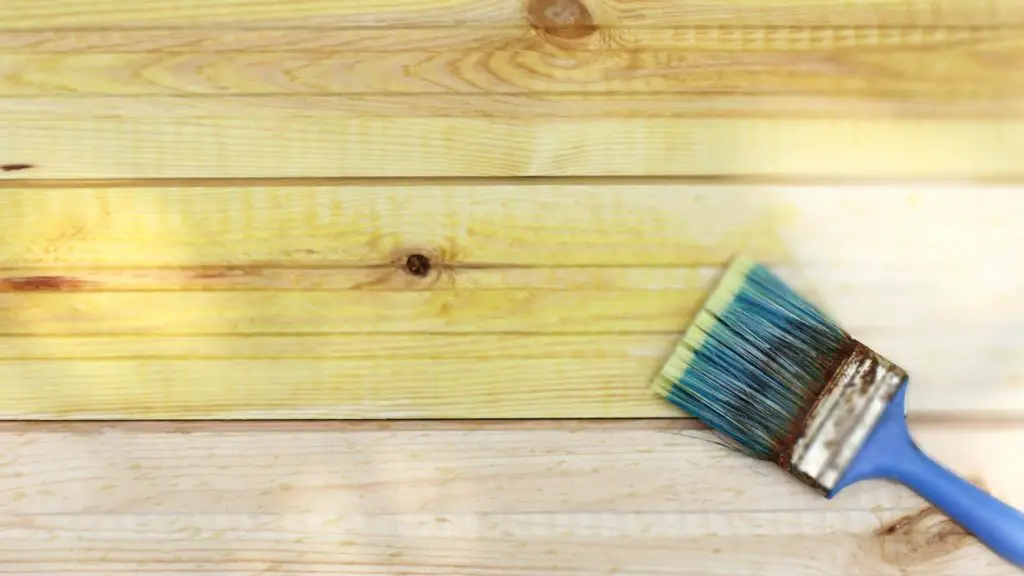impregnate
is putting a substance in another material, usually to waterproof it, and impregnating it yourself is easier than you think.
Impregnation is actually introducing a substance into another material so that it no longer absorbs water and no longer attracts dirt.

That material can be a wall, wood, concrete, facade, floor, roof and so on.
You can also say it differently.
Impregnation makes the material water-repellent.
This means that water no longer penetrates concrete, wood, floor, etc.
Impregnation is not only making water repellent, but it has many more functions.
You can also use it to stop fungi so that the material becomes mold-resistant.
It also has a fire retardant function.
In addition, if you impregnate the walls with a special liquid, you no longer have to remove this graffiti later.
Also read removing graffiti.
Soak before painting a wall.
If you want to paint an outside wall, you will first have to make it water-repellent.
You can READ HERE how to paint an exterior wall.
First find out which impregnating agent you need and for how many square meters.
You can buy these online or at a hardware store.
Before you start, you will have to inspect the wall for loose joints and repair them immediately.
When the joint has hardened, you can degrease the entire wall with a high-pressure sprayer.
Pour a cap of all-purpose cleaner into the reservoir of the high-pressure cleaner.
Do not forget to shake it well through the water for optimal results.
Then you will clean the entire wall so that all deposits are removed.
Allow to dry thoroughly after saturation.
After this, let the wall dry for at least 24 hours (depending on the weather).
The next step is to tape all the frames and windows with a masking film and painter’s tape.
Also do not forget to provide the pavement with a wide stucco runner.
Do not impregnate in strong winds.
The mist can also get on your roof and then you have a problem.
It affects roofing felt.
Of course it depends on which impregnating agent you use.
If there are a lot of solvents in it, you have to tape everything off.
If you have a water-based impregnation agent, then frames and windows will suffice.
There is also an impregnating liquid based on a cream.
You don’t have to tape almost anything, just the frames.
If the wall is high, make sure you have scaffolding.
You can then calmly let the liquid flow onto the wall from top to bottom.
Do this with a low-pressure sprayer.
It is also important that you protect yourself well.
Wear overalls and gloves.
Protect your eyes with goggles and wear a helmet.
This way you avoid difficulties.
Do not start painting until you are sure that the wall is completely dry.
So you see that you can do a lot yourself.
This is also the reason why I started painting fun.
To give you tips and tricks so that you can do a lot yourself.
Who among you has impregnated a wall yourself?
Do you have any questions about this article?
Or do you have a nice suggestion or experience on this subject?
You can also post a comment.
Then leave a comment below this article.
I would really love this!
Thank you very much.
Pete.
I'm Joost Nusselder, the founder of Tools Doctor, content marketer, and dad. I love trying out new equipment, and together with my team I've been creating in-depth blog articles since 2016 to help loyal readers with tools & crafting tips.
